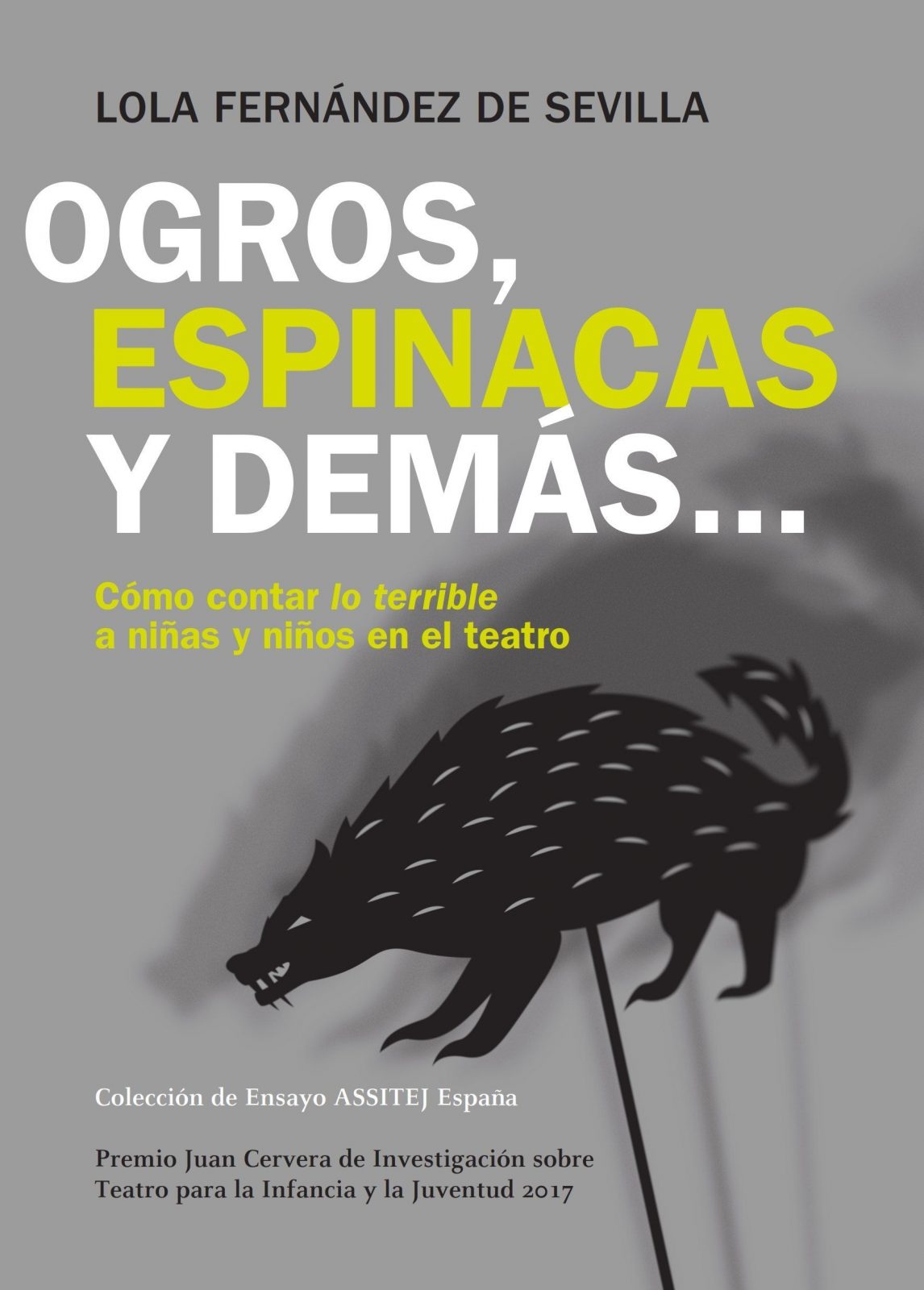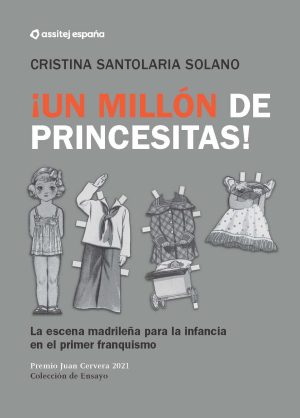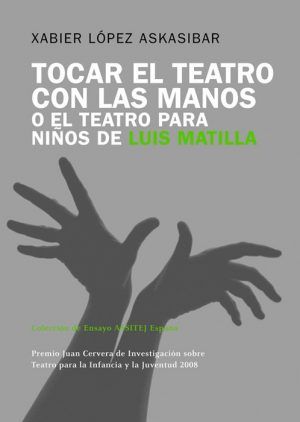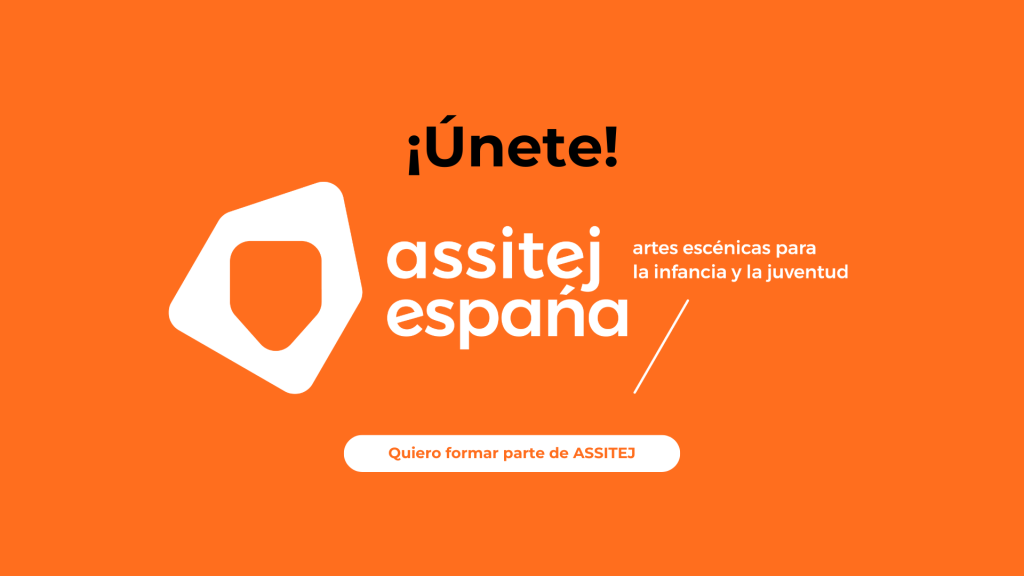Description
OGRES, SPINACHES AND OTHERS ... How to tell the terrible thing to girls and boys in the theater
The school. The separation. The sea. The spinach. The injections. Where has grandpa gone? What will my little sister be like when she is born? Am I also going to die? What is a war? Why does he and I don't? Mother. Dad. The room at the end of the hall. Cows. The Wolves. Witches, ghosts, vampires and other relatives. Dogs. But what is actually under my bed? ...
There are thousands of questions that a boy and a girl ask themselves. Questions that have traditionally been considered taboo in childhood theater. Death, illness, loneliness, fear ... Through textual and spectacular analysis, Lola Fernández de Sevilla explores the need to reflect these terrible themes in theatrical creation that is directed at girls and boys. Whoever continues to consider childhood as the happiest of times, the author tells us, is that they have lost their memory; the fear, the questions, simply adapt their size to the one who asks them. The carra a exemplifies it through numerous textual and spectacular materials, and focuses his gaze, in a more detailed way, on the work A girl, by the Granada company La Rous.






